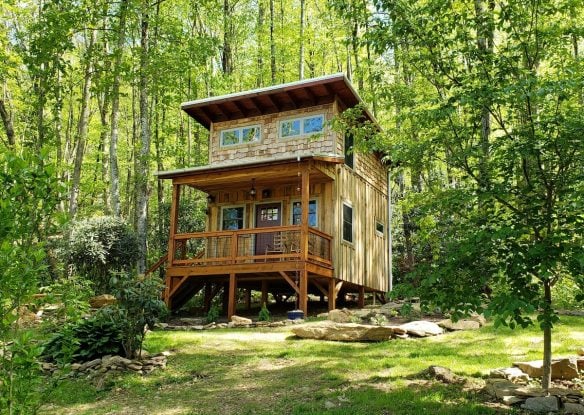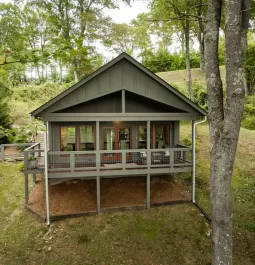Just Published
Top 15 Beach House Rentals in North Carolina
North Carolina is a popular beach vacation destination, with over 300 miles of coastline and countless gorgeous stretches of sand. Enjoy everything from water sports and exploring lighthouses… continue reading
Top 10 Hotels Near Raleigh-Durham International Airport (RDU)
Raleigh-Durham International Airport is how you get into North Carolina's Research Triangle. It's the air gates to one of the most important educational clusters in the U.S., home… continue reading
Top 12 Hotels Near Biltmore Estate, North Carolina
While the Biltmore Estate in Asheville, NC has never been officially named "castle," it's one of the few in the U.S. that can be referred to as such.… continue reading
Top 11 Kure Beach, NC Vacation Rentals
Hassle is nowhere to be found in tiny Kure Beach. This town is the favorite coastal retreat for Wilmingtonians (the downtown is just 15 miles away) and a… continue reading
10 Coolest Cabin Rentals in Blowing Rock, North Carolina
There is a place in the North Carolina mountains where the snow falls upside down. But it's not the entrance to the alternative world from Stranger Things, it's… continue reading
Top 14 Luxury Hotels in Charlotte, NC
For delicious soul food, intriguing history lessons, unique neighborhoods, and lots of family fun, Charlotte, North Carolina is a top vacation destination and one of the state's coolest… continue reading




























